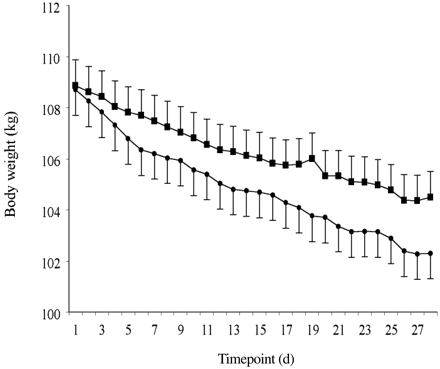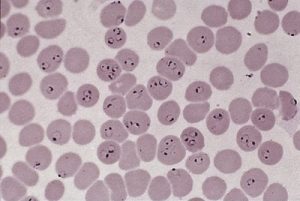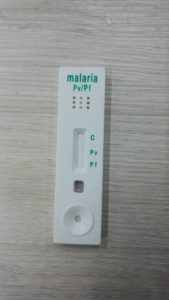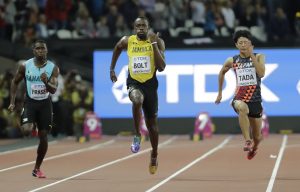Survival in nature often depends on one’s physical capabilities. Predators generally have superior strength whilst prey have agility and cunning, but what about humans? While we have our superior wits, we also have our own physical ability that we excel at: endurance. This endurance comes mainly from specific body features, but also from a gene of ours known as the CMAH gene.
Physical Feature
Humans have participated in endurance exercises for ages, cultivating ten-mile runs into marathons of a hundred miles. One simple reason for our great endurance is that we humans have lesser-hairy bodies than other animals. This allows us to cool off more easily, which in turn prolongs the time until exhaustion. Our legs have many spring like-tendons aiding in propulsion, and large glutes to help to maintain stability. We also have a greater amount of fatigue-resistant muscles which are better for endurance. All these physical features are aplenty, making almost any human built for endurance.

Man jogging – photo available for public use courtesy of www.fshoq.com
Still, where do all these endurance-advantages come from? Evolutionary-selection for certain physical features is certainly a contributor, but there are more factors at play. Our fatigue-resistant muscles, and many other abilities, may well be a result of our genes, specifically a gene of ours known as the CMAH gene.
The Silenced CMAH
The CMAH gene exists in many other creatures, but in humans, it has been inactive for about the past 2 million years. This inactivation coincides with the appearance of our ancestors in the Homo genus. So, what evolutionary purpose does this inactivation play? A study authored by Ajit Varki of The University of California aimed to find out.

Genetic Material – photo available to public domain courtesy of Vitaliy Smolygin / iStock
In the study, the CMAH gene was knocked out in mice who were afflicted by muscle dystrophy, a condition where some parts of muscle had wasted away. These mice were then bred over generations to keep this inactivation. The offspring mice’s physical abilities were later compared to mice whom still had said gene active by making both groups run.
CMAH-deletion mice became fatigued from forced-running much later than mice who still expressed CMAH. Post-inactivation mice also ran farther distances and faster than control group. This study on mice reflects on humans, whom also have an inactive CMAH gene and display similar abilities of increased endurance compared to our primate ancestors.
In Modern Times…
Humanity has retained many of it’s physical capabilities, despite our lifestyles changing drastically over history. While we no longer require our physical abilities as much as our ancestors did, it is comforting to know that maintenance of health is still promoted in society. Whether for aesthetic values or for well-being, many people still exercise regularly and keep their bodies strong. Moreover, humans are pushing the limits of endurance further and further through longer marathons spanning several days and hundreds of miles. As we continue to attempt greater feats of physical ability, it’s likely our endurance will not be diminishing anytime soon.






